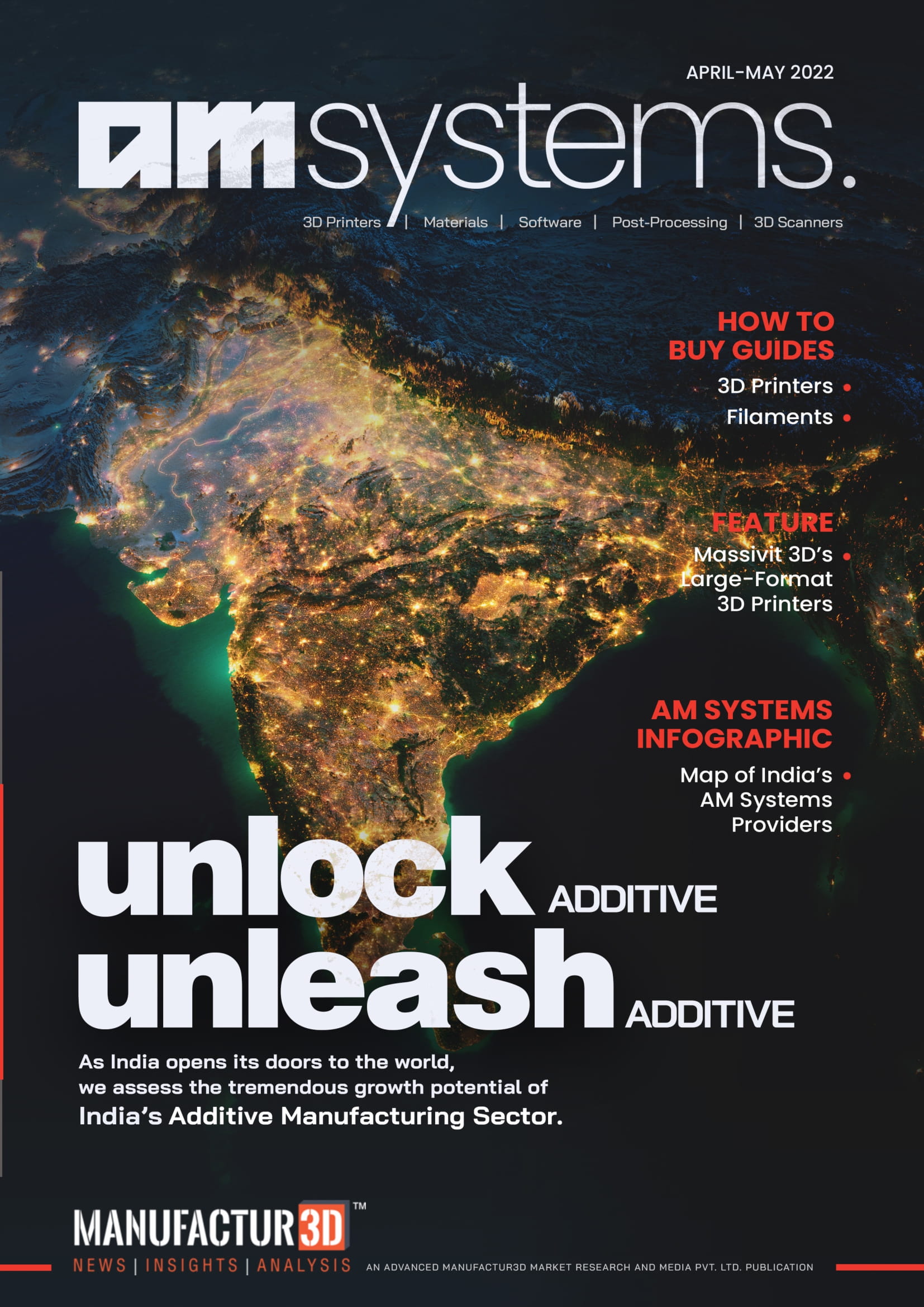
Shell, the British-Dutch multinational Oil and Gas Company, is leveraging spare parts 3D printing to foray into digital warehouse. The company aims to focus on the revolutionary 3D printing technology to optimise its repair and replacement strategies and ultimately enable a digital warehouse approach to spare part management.
Shell believes the technology can reduce the costs, delivery time and the carbon footprint of spare parts and so it is collaborating with industry leaders to push the innovation of 3D printing for the energy sector.
Shell’s in-house 3D printing capability started in 2011 with a metal laser-printing machine to fabricate unique testing equipment for laboratory experiments at the Shell Technology Centre Amsterdam (STCA). Today, Shell has about 15 polymer, ceramic, and metal printers located at its technology centres in Amsterdam and Bangalore.
Success in Nigeria

Within Shell, the focus for 3D printing is on spare parts, novel designs, and visualisation objects. Although Shell has the capability to manufacture spare parts itself, it has taken the following position on sourcing of 3D printed components:
- collaborate with an original equipment manufacturer (OEM) qualified to supply 3D printed components;
- when an OEM is not available, and in compliance with intellectual property (IP) laws, Shell can reverse engineer the part and have a commercial supplier print it from a 3D model; and
- in emergency cases and when IP is not an issue, Shell will print spare parts in-house.
Last year, this approach brought substantial savings in our offshore Nigeria operations, were the teams repaired a small component within a large piece of equipment for which replacement parts are no longer produced. They replaced the polymer seal cover on the mooring buoy of an offshore structure without shutting down production and without having to perform costly, complex and perilous heavy lifting at sea.
The conventional replacement of the whole assembly would have taken approximately 16 weeks. Working against the clock to replace the seal before the tropical rain season, the Nigerian team modelled the component with a 3D scanner from a local supplier. Because there was no qualified local printer, the file was sent to a European printer. 3D printing reduced the final cost of the maintenance by 90% compared to a conventional replacement and it took merely 2 weeks to produce the parts.
Enabling Digital Warehouse together with our Suppliers
Shell’s 3D printing strategy is not to manufacture parts itself. Rather, it aims to develop a digital warehouse which stocks all the information required to print components whenever they are needed, in partnership between Shell’s technical authority, OEMs and local partners. A digital warehouse enabled by local eco-systems would presents true lead time reduction, responsible use of resources and progress for the local communities where Shell operates.
At Pernis refinery in the Netherlands, Shell tested the use of 3D printing to produce impellers for a production critical, 7-stage centrifugal pump. This was the first of its kind additive manufacturing application for components used in a critical service-multi-stage pump. This project is undertaken in close partnership with Baker Hughes, who will be printing the part.
“Baker Hughes has a decade long experience in additive manufacturing and sees 3D printing as a key service pillar for our Turbomachinery & Process Solutions business. With Shell, we apply 3D printing to mitigate supply chain risks when lead time is critical. All actors in this value chain must now come together to develop the right framework where 3D printing brings enhanced value to the energy sector.”
– Alessandro Bresciani, Vice President, Services for Baker Hughes’ Turbomachinery & Process Solutions business
Another milestone this year was achieved when Shell and the Elliott Group successfully 3D printed an aluminium alloy impeller for a multistage high pressure liquified natural gas pump. This part is used for cryogenic hydrocarbon service, which is a novel use case for the technology in the energy sector. The 3D printing of the impeller, heat-treatment and testing were completed within 40 days, which is 85% less time that the conventional delivery time of producing such parts.
“Working together with Shell, both organisations learned valuable lessons, confirming the significant advantages of 3D printing: precision manufacturing, lead time reduction, higher quality component. As more material choices and larger components are rapidly being developed, Elliott will continue to explore 3D printing as a preferred manufacturing method.”
– Derrick Bauer, Elliott’s Manager of Material Engineering.
Cross-industry collaboration towards global standards
The recent success isdriving Shell’s commitment towards developing digital warehouses in the energy industry. To date Shell has installed over fifty 3D printed spare parts in the operating assets, both produced in-house as well as sourced from different manufacturers, all under the supervision of specialists from our 3D printing center and discipline engineer experts.
About Manufactur3D Magazine: Manufactur3D is an online magazine on 3D Printing. Visit our Global News page for more updates on Global 3D Printing News. To stay up-to-date about the latest happenings in the 3D printing world, like us on Facebook or follow us on LinkedIn and Twitter.



